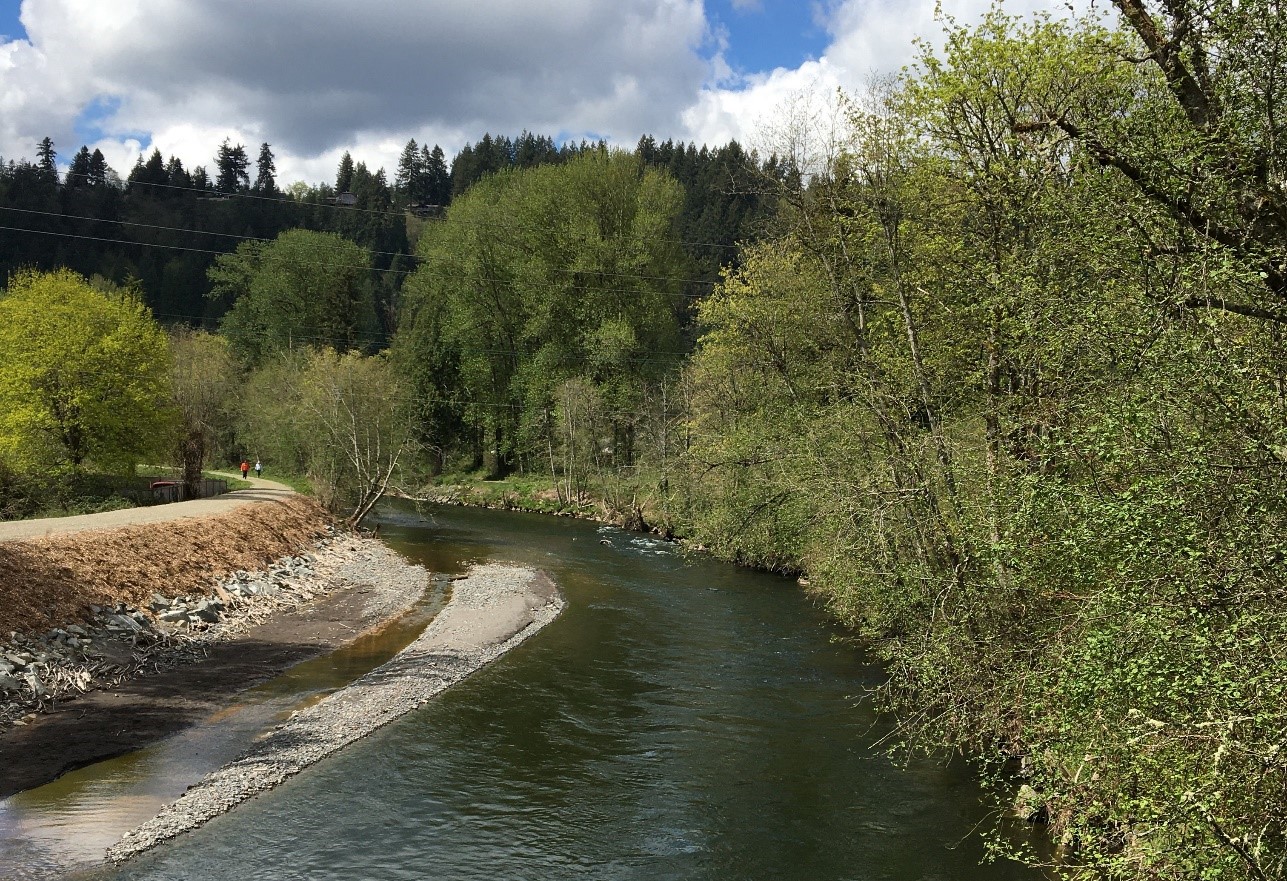Ecology adopted two locally-developed watershed plans for the Puyallup River and Chambers-Clover basins. The plans are part of a statewide initiative under a 2018 streamflow restoration law designed to help enhance rivers and improve habitat. Ecology Director Laura Watson adopted the Puyallup-White and Chambers-Clover watershed restoration and enhancement plans June 14.
“I appreciate and value the impressive work done by both watershed committees, especially under the pressures of a pandemic, to offer solutions that will bolster and enhance streamflows while allowing rural growth,” Watson said.
Watershed planning committees made up of local, tribal, and state agency representatives as well local special interest groups collaborated for more than two years to develop the plans — which anticipate future water use from and address the impacts of new domestic permit-exempt wells.
“Pierce County appreciates the hard work and dedication of our partners on the planning committees over the last several years,” said Dan Cardwell, long-range planning supervisor for Pierce County Planning and Public Works. “As the effort shifts to implementation and adaptive management, we look forward to continued collaboration to achieve the benefits to habitats and streamflows envisioned in the WRIA 10 and 12 streamflow restoration plans.”
The Puyallup-White and Chambers-Clover watersheds
The Puyallup-White watershed, also known as Water Resource Inventory Area (WRIA) 10, is located in lower Puget Sound and comprises of portions of northeast Pierce and southern King counties. The Chambers-Clover watershed (WRIA 12) is entirely within Pierce County. Both are among 15 watersheds identified in the streamflow restoration law that require a watershed plan or plan update.
What is included in the plans?
Plans forecast the number of new domestic permit-exempt wells between years 2018 and 2038, and their potential impacts on streamflows. Furthermore, the plan recommends projects and actions that, when completed, will offset the impacts of those additional wells and provide a net ecological benefit to the watershed. Examples of projects and actions include water right acquisitions, stormwater infrastructure improvements, and floodplain restoration. With Ecology’s adoption of the plans, projects will receive priority for the streamflow restoration grant program.
Background
The streamflow restoration law helps improve streamflows to levels necessary to support healthy and sustainable native fish populations, while also providing water for homes in rural communities. Find out more about streamflow restoration at Ecology’s website.


